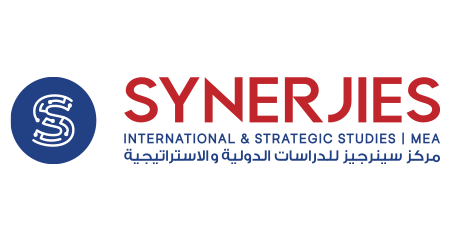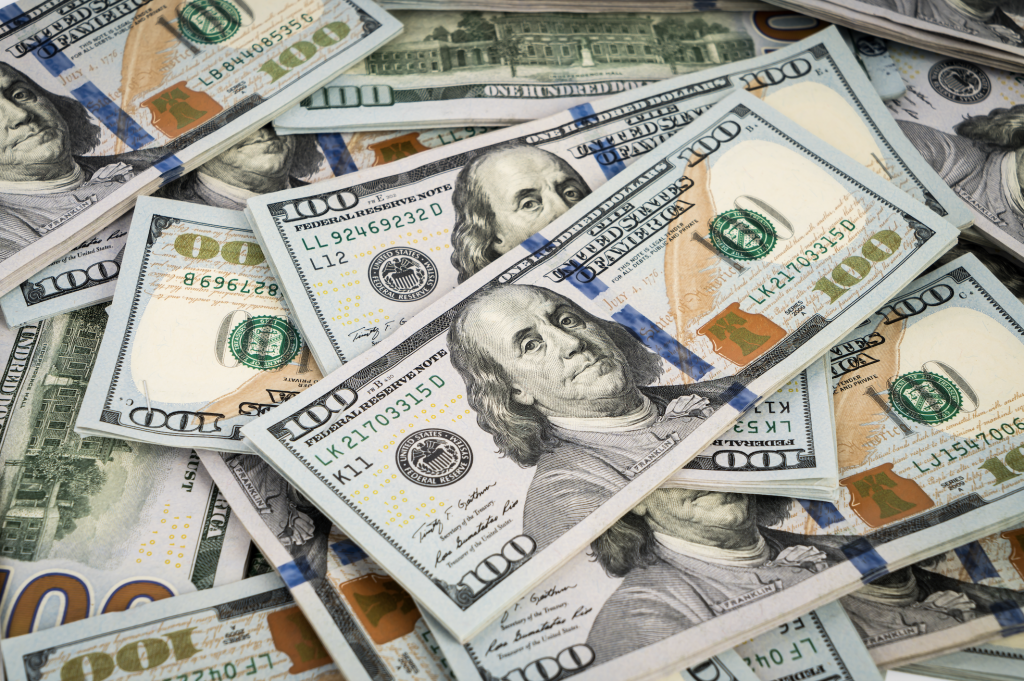World Matters starts with the sobering message that, despite growing interest in sustainability, things are still going from bad to worse. This is caused by population growth, a consumption-driven economy, and our inability to accept that there is a single dominant global currency which is also the reserve currency. This article will grab any travelers’, businessmen, and other foreigners’ attention in every place you travel to. The U.S. dollar is the most popular currency in the globe and the most needed too. “It makes up 64% of all known central bank foreign exchange reserves”. That makes it the de facto global currency, even though it does not hold an official global title, which made it very questionable topic. This article includes a creative, interesting question that is well defined and testable. The question is how do countries determine what to use as their reserve currency? And why do they favor the US dollars as a backup? Kevin O’Leary wrote an interesting quote that helps identifying this article clearly. She said “Money is my military, each dollar a soldier. I never send my money into battle unprepared and undefended. I send it to conquer and take currency prisoner and bring it back to me.” Basically, it is demonstrating how the U.S dollar is like the powerful soldier who conquers the world and replaces each weaker currency. Since you or anyone you know travel often, you could sit in France at a fancy restaurant, you have no Euros, but you have U.S dollars. Imagine you calling the waiter and asking him if you could pay with U.S dollar instead of Euros. You will receive an overwhelming smile on the waiter’s face saying “yes madam/sir, without any doubt. We accept U.S dollars”. However, one day if you were sitting in an American restaurant, and you asked the waiter to pay the check by Euros instead of U.S dollar, his answer will be “Sorry, we only accept U.S dollars mam/sir”. You could try this repeatedly in different countries of the world, and you will find out that the U.S dollar is the most needed currency in the world. Although, the United States is not in need of other different currencies. Although, some of the other currencies worth more in value than dollars, if a person exchanges them. For example, one British Pound today worth 1.42 US dollars. This article is important to study because it makes the reader understand how much his/her money worth. It gives information about how, where and when money is printed. It allows the reader to be aware of the international monetary fund and the world bank.
One of the articles that could be linked to this that you are reading now was written by Kimberly Amadeo. He said that the global currency is measured based on how it is accepted through the world of trade and how much it is used between countries in the international market. He mentioned that the most used currencies are US dollar, Yen, and the Euro; however, there are 185 more currencies based on the international standards organization list. The author prioritized the US dollar by saying “The US Dollar is the strongest world currency”; although, he mentioned earlier that that there are three strong currencies other than the US dollar. The article is ironic and biased. He said “The relative strength of the U.S. economy supports the value of its currency. It’s the reason the dollar is the most powerful currency”, but the Euro is more valuable than the US dollar because it worth more due to money exchange rates.
In 1944, The Bretton Woods agreement is the reason why the U.S dollar is in the current superior and powerful position. Before then, most countries were on the gold standard since each country’s government gave a word to repurchase their currencies for their value in gold upon demand. As a result of the gold upon demand concept, The United States held the largest gold reserves. This gave the chance to the U.S dollar to stand in a powerful point and push all other international currencies on the edge. Eventually, most countries who experienced inflation and unstable economies replaced their currency with the U.S dollar. Those international currencies do not exist anymore because they over printed, and on long run, they do not have a value to use even in the home country itself.
A close proximity and a strong trade partnership between a country and a reserve currency issuing country make it more likely that that country would use that reserve currency issuing country’s currency as their reserve backup. The U.S dollar is the most stable currency. That is why many countries use it as a world reserve currency. The US dollar proved that it is a stable currency because it has low percentage of inflation, and the United States has the biggest economy in the world. The US dollar is more resistant to stochastic swings in market sentiment because of the vast quantity of material goods that underlie it. Countries favor the US dollars as a reserve backup for these reasons mentioned. However, the Euro is a stable currency and has a bigger value than the US dollar. The countries chose their reserve currency based on proximity, trade percentage with the supreme power, the stability of currency used, and inflation rates.
Proximity is the distance between the foreign country and the supreme power and is a factor when countries choose which currency reserve to use as a backup. It is also based on the location of the country, either it is near the United states or the European Union. Although, it is not necessary for a country to be near in distance; for example, Zimbabwe is far by 7898.334 miles away from the United States, and they are using the US dollars as their currency reserve backup. However, it is easier from Zimbabwe to use the Euros as their currency back up since they are closer to Europe in distance. There is a small correlation between proximity and reserve currency choice.
Trade percentage is the measurement of the process by which the business market buys and sells or barters commodities. This process is usually done between two counties. Trade percentage is based on how much a country is importing and exporting from one country to another. Trade percentage ties the idea of the reserve currency back up between countries. As the trade percentage increases between the country issuing the reserve currency and the country using the reserve currency, the more likely that that country’s currency will be used as a reserve currency. Based on census.gov one of the top trading partners which is high on both imports and exports is Saudi Arabia. Saudi Arabia uses the US dollar as a reserve currency.
Major currencies that are used today are the US dollar and the Euro. Stability is one of the major factors that explains why several countries have adopted the U.S. dollar or the Euro as official currency. Stable demand and stable supply are necessary for a currency to be labeled as a global reserve currency. The U.S. dollar and the Euro have never been devalued, and their notes have never been invalidated. Both the US dollar and the Euro have the ingredients for a currency to reach stability. They have high demand, they are high in liquidity, and they have strong economies. Liquidity refers to the amount of market interest which is the number of active traders and the overall volume of trading present in a particular market at any given time. The more gradually market prices change, the more stable and liquid the currency is. Spikes or drops in market value tend to suggest that a currency is not stable. Business is easier to conduct when a stable currency is used. On the other hand, countries with nonmajor currencies experience bank failures, devaluation, and inflation. Market stability is one of the most important factors that shows correlation with the major reserve currency chosen by the foreign country.
Inflation is a chronic increase in the general price level of products, goods, and services in an economy over a period of time. When the price level rises, each unit of currency buys fewer goods and services; consequently, inflation reflects a reduction in the purchasing power per unit of money – a loss of real value in the medium of exchange and unit of account within the economy. Inflation occurs because either the country is printing an enormous amount of money which decreases the currency’s value or because the prices of the goods rise and drop in short period of time. The inflation rate of the US dollars is gradual not sudden. It is normal to have a slight increase of the product each year or after couple of years. Based on the US inflation calculator, which measures the buying power of the dollar over time, if a person in 1913 purchased an item for 20 USD$, then in 2018, that same item would cost 504 USD$. The cost of the product increases approximately about 4 USD$ each year.
In conclusion, the hypothesis is that the more stable a currency the more likely it is going to be used as a reserve currency, specifically what is going to be tested and measured is the proximity and the trade import percentage. Through the examination of data on inflation rates, trade partnerships, and proximity the hypothesis has been proven true. The combination of all those variables mentioned are being used to represent stability. There is less significant relationship and a low correlation between proximity and reserve currency, but there is a tendency for countries within the same geographic region as reserve currency issuing country to use that country’s reserve currency. There is a significant positive relationship and a high correlation between trade partnerships and reserve currencies selection. If a country does higher proportion of its trade with a reserve currency issuing country, they are more likely to use that country’s currency as their reserve currency. Generally, countries with lower inflation rates tend to be reserve currency issuing currency while a country with higher inflation rates is less likely to be reserve currency issuing country. The testable data used for the reserve currencies, rejected the null hypothesis; thus, it is proven that it is significant and highly correlated. In the future it might be worthwhile to look for more data and to add more variables. Countries that do use the USD as a reserve currency.


